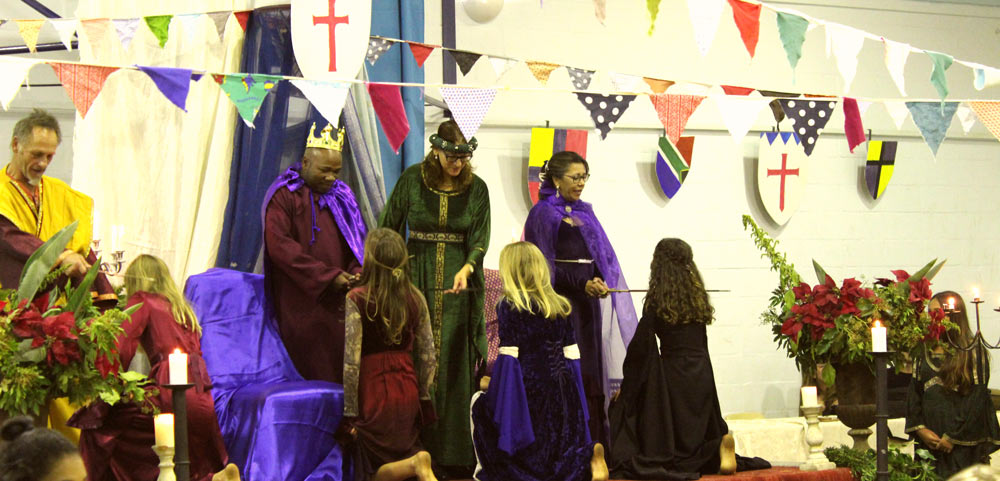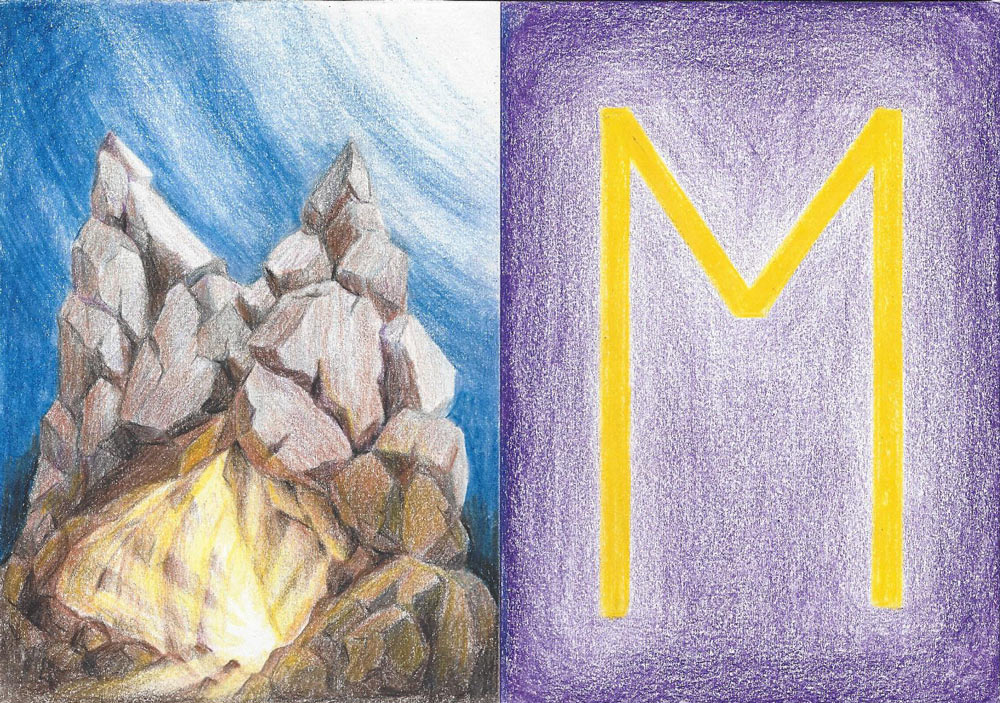Primary School Festivals
The celebrating of festivals has been with us almost since the beginning of our evolution on the earth. Festivals were always in keeping with the moods of nature. To this day the soul of the human being is strongly connected with all that happens in the atmosphere, in and around the earth: the blessed gift of the sun and the rhythm of the day and night, the unfolding of the procession of the seasons and the assurance of the moving stars in the sky.
Just like the human is a living, moving being, so is the earth. In winter the earth is busy working under the ground, in spring it blossoms with new life, in summer it shows the full fruits of its labour and in autumn it turns from green to russet and gold. As the human being manifests its soul needs, so does the earth manifest itself. Mankind gives to the earth and the earth gives to mankind.
No wonder we celebrate festivals in our school! These are the very occasions where our spiritual values of being human can be honoured.
At its root Anthroposophy is Christian in its appearance, yet it is not a sectarian Christianity of dogma, missionary zeal and war, but rather the old archetypal Christianity of the love, freedom and dignity of mankind. In a Waldorf school the four main Christian festivals are celebrated in the light of the common ground that is shared with the teachings of many of the world’s religions such as: compassion, reverence, respect, love of nature and a social conscience.
At Advent the coming of the light into the darkness is celebrated. It is the light that streams from the sun and the stars, which is the same light that warms our hearts in love. From this old Christian perspective, this festival is the coming of the Light, the coming of the birth of the Sun Being. This celebration of the returning of the light is also celebrated at Chanukah and Divali.
Easter is celebrated in autumn time which allows us to experience the outer dying away of nature, while our souls move inwardly to the trust and hope for the new life to come. The joy of the resurrection of new life is what is celebrated.
The St. John’s festival takes place in the depth of winter. For us of the Southern Hemisphere and in terms of the light, we can say that the plant world has taken the sun forces into itself and now transforms the colours from greens to reds, golds and browns. In the cold and wet, we as humans need to kindle this warmth and light too. A fire ceremony is part of the St. John’s festival.
At Michaelmas in our spring time, the earth is just beginning to breathe out the full abundance of its treasures. It is here that the forces of winter that held mankind can loosen themselves in the joy of this release. Saint Michael the archangel, recognized in Christianity, Islam and Judaism, struggles with his sword of light to tame the dragon forces and bring them to service in the strivings of mankind.




The cycle of the year is now complete. The colours brought by the light that shines in the darkness have glistened in magnificence and have faded to create the possibility of another colour, and more light in the year to come.
The celebrating of festivals in our school creates a sense of community, uniting one human being to another. We celebrate the art of being human. It relates all of mankind in gratitude to the whole hierarchy of the heavens, and the hierarchy of heavens and all of mankind to the cosmos.



